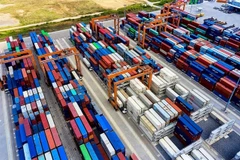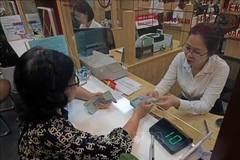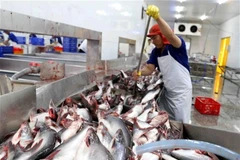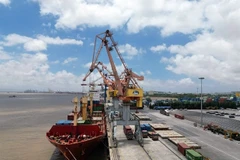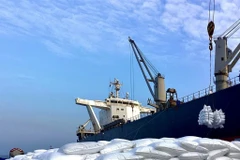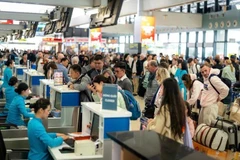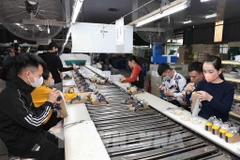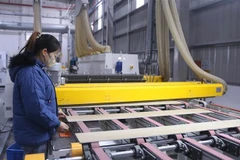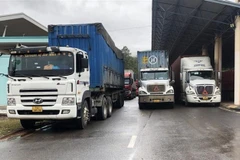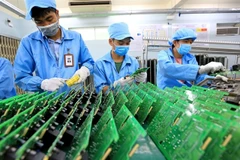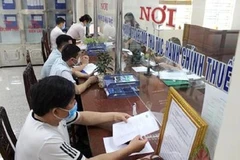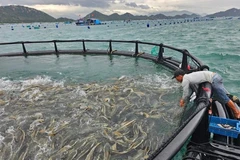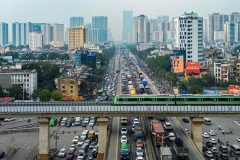The regionhas 3.21 million ha of land suitable for agricultural production,including 1.85 million ha of rice fields, 220,000 ha of orchards and630,000 ha of aquatic farms in addition to 220,000 ha of land underindustrial trees and around 390,000 ha of forests.
Well aware of the region’s role in food security and rice export, theParty and Government have long implemented a series of policies tonurture socio-economic development in the region, with mechanization andindustrialisation of agricultural production a major focus.
These policies have brought about remarkable results, which could beseen in the fact that Mekong Delta now produces 52 percent of thenational rice output and 90 percent of the total rice export.
The region, which comprises of 12 provinces and one centrally-runcity with a total population of 18 million, also provides 58 percent ofthe country’s total aquatic products output and accounts for 60 percentof national aquatic export turnover.
Around 70 percent of fruit supply in the country comes from Mekong Delta’s orchards.
However, experts say behind these figures many problems still exist, threatening the region’s sustainable development.
The economic structure relies heavily on small-scale agriculture,without clear planning. Agricultural growth is mainly based on acreageexpansion and increased input such as fertilizer and pesticide, whilehi-tech and commercial production remains under-developed.
Furthermore, despite the vast variety of farm produce, the region isyet to develop a strong processing industry, greatly limiting localproducts’ competitiveness due to their low added value.
The rate of mechanization of agricultural production is low, at 40percent, thus production cost and post-harvest losses remain high.
A major problem for the region is its poor infrastructure, particularly the water and land transport networks.
Human resources are another weakness of the region, where a majorityof the local workforce does not receive any training.
At a recent workshop on the region’s development, Nguyen Phong Quang,deputy head of the Steering Committee for the South-western Regionstressed the need to make clear planning for agriculture, whileaccelerating the restructuring of the regional economy in the directionof large-scale farm production.
Prof. Bui ChiBuu, former Director of the Institute of Agricultural Sciences forSouthern Region, recommended more investment in agricultural science andtechnology research and application. He also said faster mechanizationand electrification will help increase the region’s productivity as wellas product quality and competitiveness.
Inaddition, experts urged the Government to issue specific policies toattract investment in developing three main products of the MekongDelta, which are rice, aquatic products and fruit.
The region also needs more Government help in infrastructure building, credit and human resource training, they said.-VNA
